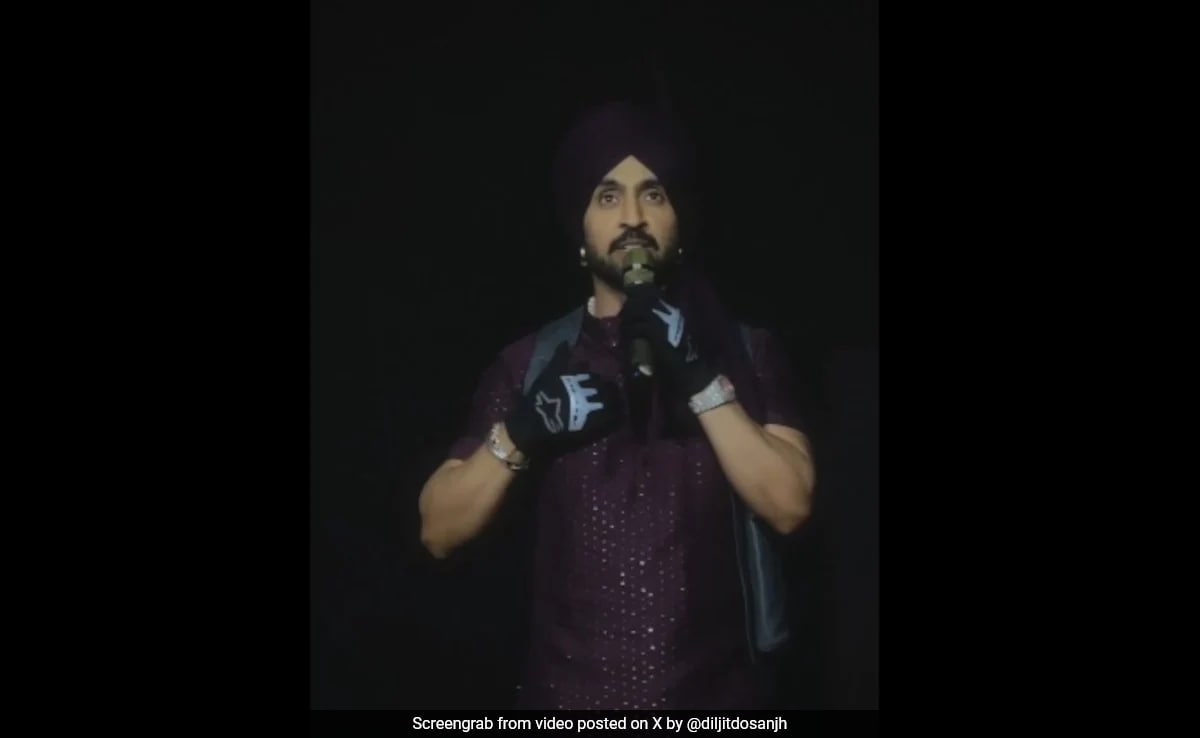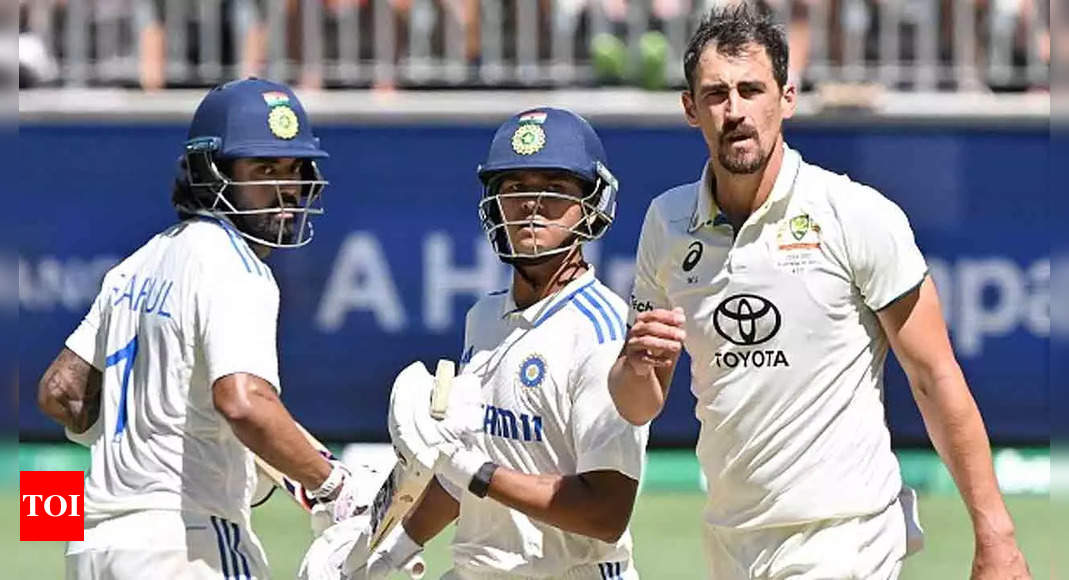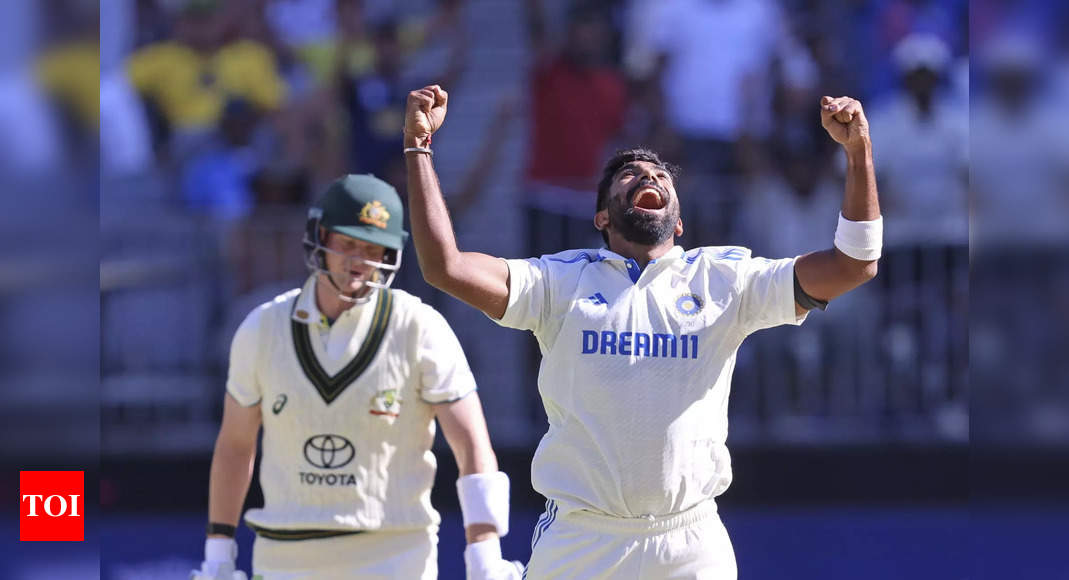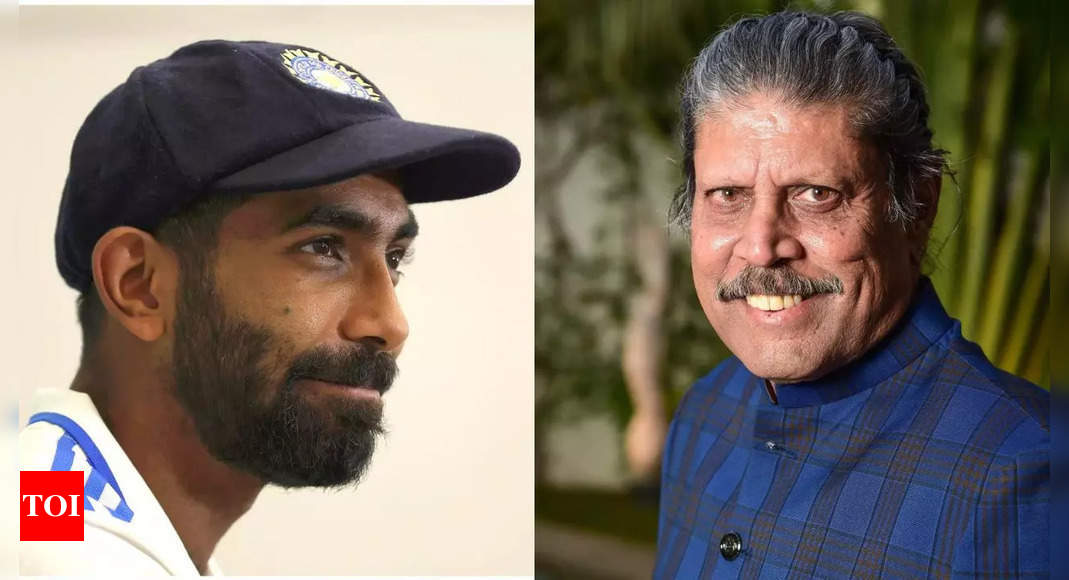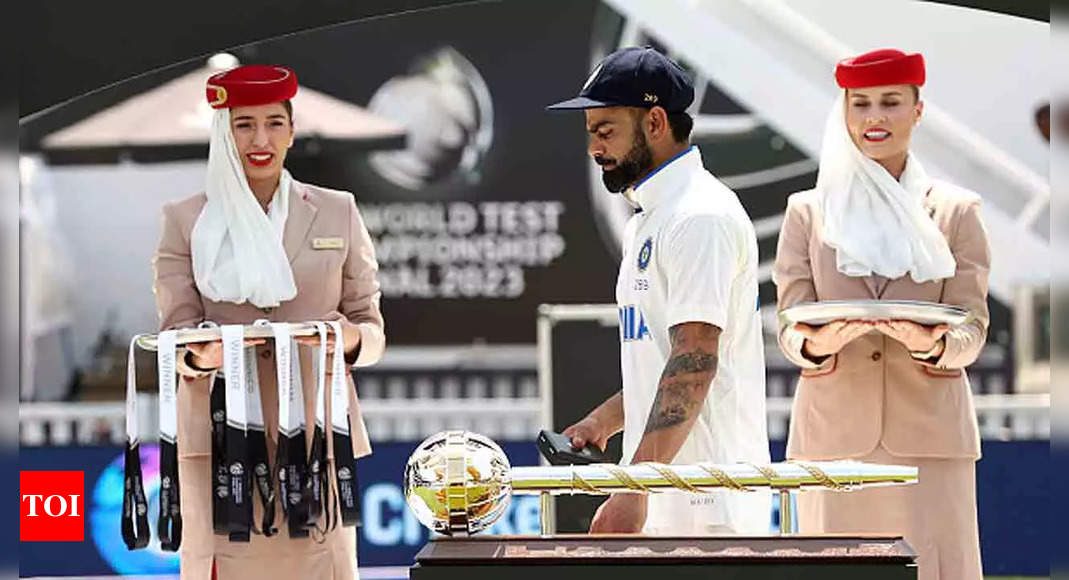
In Kolkata, a city where the past is revered and the future eagerly awaited, the passage of time strikes a delicate balance between the ticking of modern timepieces and the resonant chimes of British-era public clocks. Perched high on stately buildings, these clocks mark the pulse of daily life.
These historic clocks evoke a sense of nostalgia, inviting passers-by to pause and reflect.A traffic constable recently stopped under the shadow of the pristine white St Andrew’s Church, struck by a familiar sound – the rhythmic gongs, dormant for over a decade, cascading through Dalhousie Square. “Hearing this sound after many years,” he said.
Repairs can cost ₹3L per clock, crowdfunding makes it all tick
A traffic constable who recently stopped under the shadow of the pristine white St Andrew’s Church was struck by a familiar sound from the rhythmic gongs of a clock manufactured by James McCabe Royal Exchange of London in 1835.
The clock’s chiming mechanism had fallen silent more than 10 years ago, its stillness contrasting with the unceasing flow of life. Thanks to the concerted efforts of Kolkata Restorers, a citizens’ collective bound by a shared passion for their city, the clock now stands revived, adding to the allure of the historic precinct.
Guardians of Time:
Kolkata Restorers has engaged restoration specialists Swapan Dutta and his son Satyajit to nurse defunct clocks back to health, one chime at a time. Among the notable timepieces the father-son duo maintains is a clock along the banks of the Ganga at Har ki Pauri in Haridwar, dating back to 1938. Another, a four-faced clock at Government Senior Secondary School in Kapurthala, installed 161 years ago by Maharaja Jagjit Singh, owes its continued operation to their meticulous care. They also maintain a clock at the Patna secretariat, installed in 1924. “Repairing and overhauling a mechanical clock is a labour of love,” said Swapan. “Most of these clocks are of British or German origin. Though they have withstood the passage of time, some parts inevitably wear out and need replacing. We replace bushes, fabricate missing parts, fix alignments, and set the teeth and interlocking systems right to breathe life back into these clocks.”
The Duttas’ lineage of clockmakers spans five generations and nearly 200 years, beginning with Swapan’s great-grandfather Dharani Dhar Dutta. “He repaired large public clocks and grandfather clocks in aristocratic homes,” Swapan said. Their workshop on Madan Gopal Lane near Kolkata Medical College and Hospital showcases the rhythmic ticking and tocking of mechanisms, a tribute to the Duttas’ dedication to their craft.
Ticks of Their Hands:
Kolkata Restorers, comprising people from various walks of life, is on a mission to resurrect the forgotten melodies of Kolkata’s past. It started with a plan to illuminate some prominent buildings in the city, but the sight of dysfunctional clocks spurred them to action. “When we illuminated a building with a clock, it enhanced the imperfection of the dysfunctional clock. We thus felt we had to work on the clocks,” recalled Mudar Patheria, a member of the group.
Crowd-funding has been instrumental in their efforts, gathering contributions to cover repair costs, which can exceed Rs 3 lakh. They have successfully restored clocks at Sacred Heart Church, Dharmatala, and are working on others at Holy Trinity Church and Magen David Synagogue. Next on their radar are clocks at Our Lady of Dolours Church in Sealdah and the GPO, which has remained silent for years.
Architect Abin Chaudhuri, another member, highlighted the importance of preserving the historical quarter of Dalhousie Square, where St Andrew’s Church is located. “Dalhousie Square includes Writers’ Building (from where the British governed India for two centuries); GPO (India’s first general post office); and Old Telegraph Office (known as Dead Letter Building as it stores letters that had for some reason never been delivered)…,” Chaudhuri said.
According to direct tax consultant Miraj Shah, the endeavour was to add value to the city instead of complaining about things that govt or the civic body wasn’t doing. “It is a demonstration that a little bit of money with proper intent, time and effort can bring about change,” he said.
Chimes of Time:
Public clocks across the urban landscape serve as timeless keepers of history. Shyamaprasad Mukherjee Port, formerly Kolkata Port Trust, maintains three historic clocks. The first, at its headquarters in Dalhousie Square, was set up in 1877 by Flerken Smith & Sons. The second, at Indenture Memorial in Kidderpore Port, was made in 1899 by Cooke & Kelvey of London. The third, at Netaji Subhas Dock, was made in 1928 by Flerken Smith & Sons and has served as a timekeeper for nearly a century.
In Darjeeling, the iconic turret clock at Capitol Hall, the historic seat of Darjeeling Municipality, mirrors the immutable flow of time. Originally installed by GT Gent and Co of the UK in the 1920s, it suffered damage in a 1996 fire and was later restored by Rotary Club of Darjeeling. These timeless keepers of time bend under the weight of history, much like Dali’s fluid clocks, yet persist like Pink Floyd’s haunting melody that captures the seconds, minutes, and hours: “Ticking away the moments that make up a dull day.”
(inputs from Roshan Gupta, Siliguri)
These historic clocks evoke a sense of nostalgia, inviting passers-by to pause and reflect.A traffic constable recently stopped under the shadow of the pristine white St Andrew’s Church, struck by a familiar sound – the rhythmic gongs, dormant for over a decade, cascading through Dalhousie Square. “Hearing this sound after many years,” he said.
Repairs can cost ₹3L per clock, crowdfunding makes it all tick
A traffic constable who recently stopped under the shadow of the pristine white St Andrew’s Church was struck by a familiar sound from the rhythmic gongs of a clock manufactured by James McCabe Royal Exchange of London in 1835.
The clock’s chiming mechanism had fallen silent more than 10 years ago, its stillness contrasting with the unceasing flow of life. Thanks to the concerted efforts of Kolkata Restorers, a citizens’ collective bound by a shared passion for their city, the clock now stands revived, adding to the allure of the historic precinct.
Guardians of Time:
Kolkata Restorers has engaged restoration specialists Swapan Dutta and his son Satyajit to nurse defunct clocks back to health, one chime at a time. Among the notable timepieces the father-son duo maintains is a clock along the banks of the Ganga at Har ki Pauri in Haridwar, dating back to 1938. Another, a four-faced clock at Government Senior Secondary School in Kapurthala, installed 161 years ago by Maharaja Jagjit Singh, owes its continued operation to their meticulous care. They also maintain a clock at the Patna secretariat, installed in 1924. “Repairing and overhauling a mechanical clock is a labour of love,” said Swapan. “Most of these clocks are of British or German origin. Though they have withstood the passage of time, some parts inevitably wear out and need replacing. We replace bushes, fabricate missing parts, fix alignments, and set the teeth and interlocking systems right to breathe life back into these clocks.”
The Duttas’ lineage of clockmakers spans five generations and nearly 200 years, beginning with Swapan’s great-grandfather Dharani Dhar Dutta. “He repaired large public clocks and grandfather clocks in aristocratic homes,” Swapan said. Their workshop on Madan Gopal Lane near Kolkata Medical College and Hospital showcases the rhythmic ticking and tocking of mechanisms, a tribute to the Duttas’ dedication to their craft.
Ticks of Their Hands:
Kolkata Restorers, comprising people from various walks of life, is on a mission to resurrect the forgotten melodies of Kolkata’s past. It started with a plan to illuminate some prominent buildings in the city, but the sight of dysfunctional clocks spurred them to action. “When we illuminated a building with a clock, it enhanced the imperfection of the dysfunctional clock. We thus felt we had to work on the clocks,” recalled Mudar Patheria, a member of the group.
Crowd-funding has been instrumental in their efforts, gathering contributions to cover repair costs, which can exceed Rs 3 lakh. They have successfully restored clocks at Sacred Heart Church, Dharmatala, and are working on others at Holy Trinity Church and Magen David Synagogue. Next on their radar are clocks at Our Lady of Dolours Church in Sealdah and the GPO, which has remained silent for years.
Architect Abin Chaudhuri, another member, highlighted the importance of preserving the historical quarter of Dalhousie Square, where St Andrew’s Church is located. “Dalhousie Square includes Writers’ Building (from where the British governed India for two centuries); GPO (India’s first general post office); and Old Telegraph Office (known as Dead Letter Building as it stores letters that had for some reason never been delivered)…,” Chaudhuri said.
According to direct tax consultant Miraj Shah, the endeavour was to add value to the city instead of complaining about things that govt or the civic body wasn’t doing. “It is a demonstration that a little bit of money with proper intent, time and effort can bring about change,” he said.
Chimes of Time:
Public clocks across the urban landscape serve as timeless keepers of history. Shyamaprasad Mukherjee Port, formerly Kolkata Port Trust, maintains three historic clocks. The first, at its headquarters in Dalhousie Square, was set up in 1877 by Flerken Smith & Sons. The second, at Indenture Memorial in Kidderpore Port, was made in 1899 by Cooke & Kelvey of London. The third, at Netaji Subhas Dock, was made in 1928 by Flerken Smith & Sons and has served as a timekeeper for nearly a century.
In Darjeeling, the iconic turret clock at Capitol Hall, the historic seat of Darjeeling Municipality, mirrors the immutable flow of time. Originally installed by GT Gent and Co of the UK in the 1920s, it suffered damage in a 1996 fire and was later restored by Rotary Club of Darjeeling. These timeless keepers of time bend under the weight of history, much like Dali’s fluid clocks, yet persist like Pink Floyd’s haunting melody that captures the seconds, minutes, and hours: “Ticking away the moments that make up a dull day.”
(inputs from Roshan Gupta, Siliguri)



